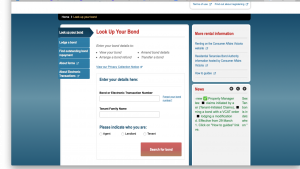What does the landscape of attracting top overseas talent look like in 2022? There is no denying that global mobility, recruitment and onboarding has changed forever.
It is estimated that 84% of executives are open to changing roles in the next year. With a rise in redundancies of late, they are nervous, but there are other reasons they are heading for the door too. Recruitment and engaging with employees are being tested at every level with a fast track to understanding new communication bubbles.
For the Corporates
For the most part, it would seem corporates are rubbing their hands together at the prospect of increasing their headcount whilst decreasing the bottom line of overheads in the office. COVID has seen the pool of candidates increase and forward-thinking corporates can cherry-pick from an almost borderless workforce. With more remote workers in place, corporates could enjoy an increase in productivity, as workers are less traffic-fatigued from their morning commute. Corporates can dabble with new ideas by recruiting more project workers and bringing in specialists for short periods as the gig economy booms with highly qualified and experienced workers. There is, of course, even the benefit of corporates reaching the goals of reducing their carbon footprint earlier.
All this, of course, has a flip side: the proverbial BUT. Recruiting talent in 2022 should not be aggressive. After all, there are a lot of desperate people in the market too. Who is interested in the role and who is just desperate? Employee care and candidate onboarding are critical and the corporate must have a clear key goal. It is easy now to rely on online testing of candidates, video interviews and digital signatures. But how is the corporate going to nurture, engage and onboard successfully during such a digital workplace?
For the Candidates
Candidates now have more options too; they can consider a role where they have the option to be remotely based or work from home, wherever that might be. Perhaps they could make more money as a “consultant” for various stakeholders rather than one permanent role, a bit like not keeping their eggs all in one basket anymore. The pandemic has shown how quickly job security can change.
To recruit top talent corporates will need to offer
- job security
- flexible conditions
- new opportunities for self-growth
Where does all of this leave global mobility post-COVID?
(Is there ever going to be such a time as Post-COVID?)
Whilst thousands of Australians have left for the UK and other destinations, there is a steady stream of traffic heading into Australia too (See the map below). The opportunity to tap into this returning market is important. The global citizen returning to Australian soil has a wealth of international knowledge to share.
Understanding the returning Aussie needs and having a culturally inclusive workplace is high on the candidate’s agenda. Now more than ever, family relationships will be high on the priorities list, so those recruiters trying to lure global talent will need to be mindful of this. Support the family, not just tick the furniture removal box. Supporting the family can be
- providing language training,
- relocation support, and
- supporting the spouse to find work, upskill and network.
If there is something we have learned, it is that if everything is fluid, it can change quickly. Jobs can change, corporates can innovate and people can work where they please.
The question is…
how, in this electronic era of hiring and firing, do we connect and find the wholesome needs of employees?







